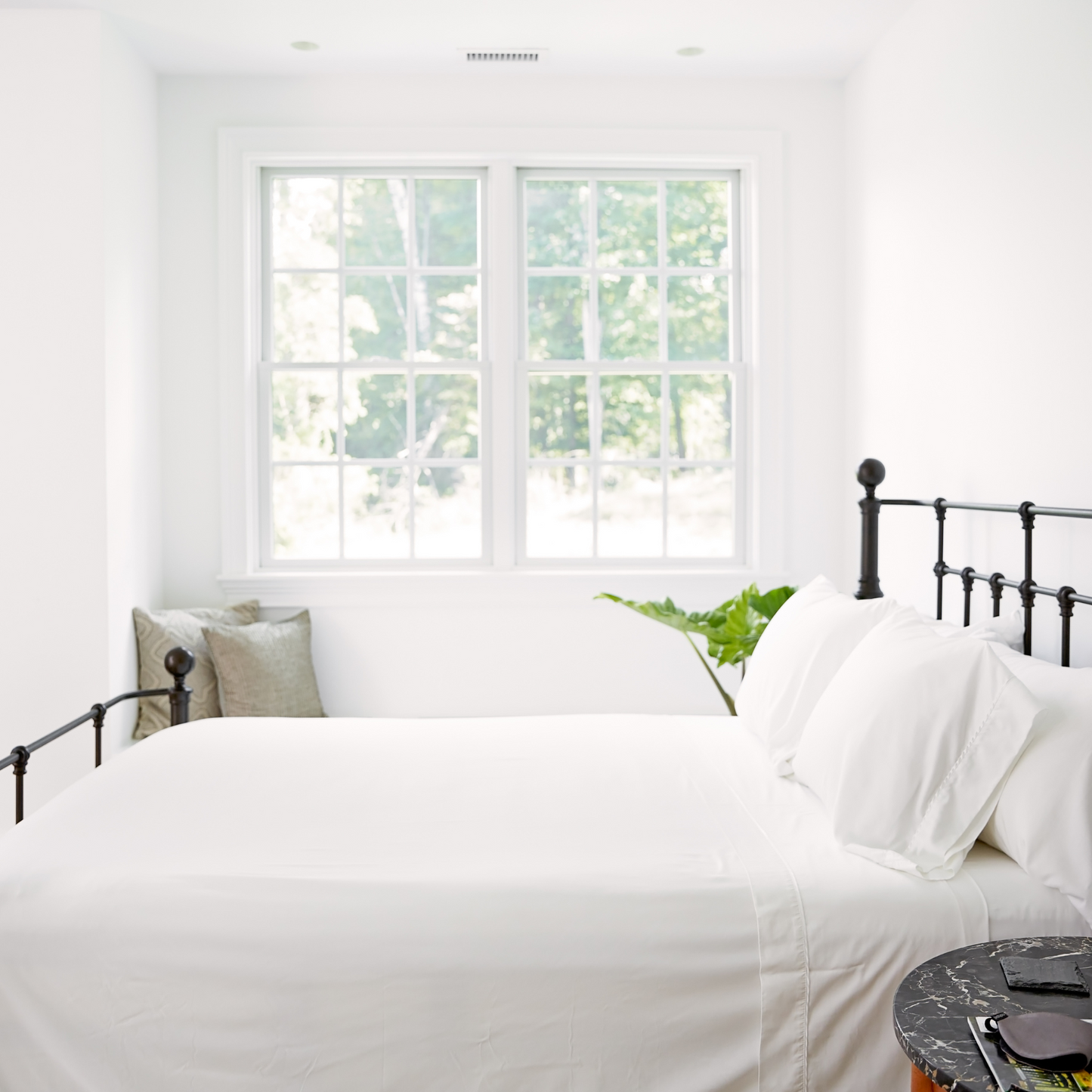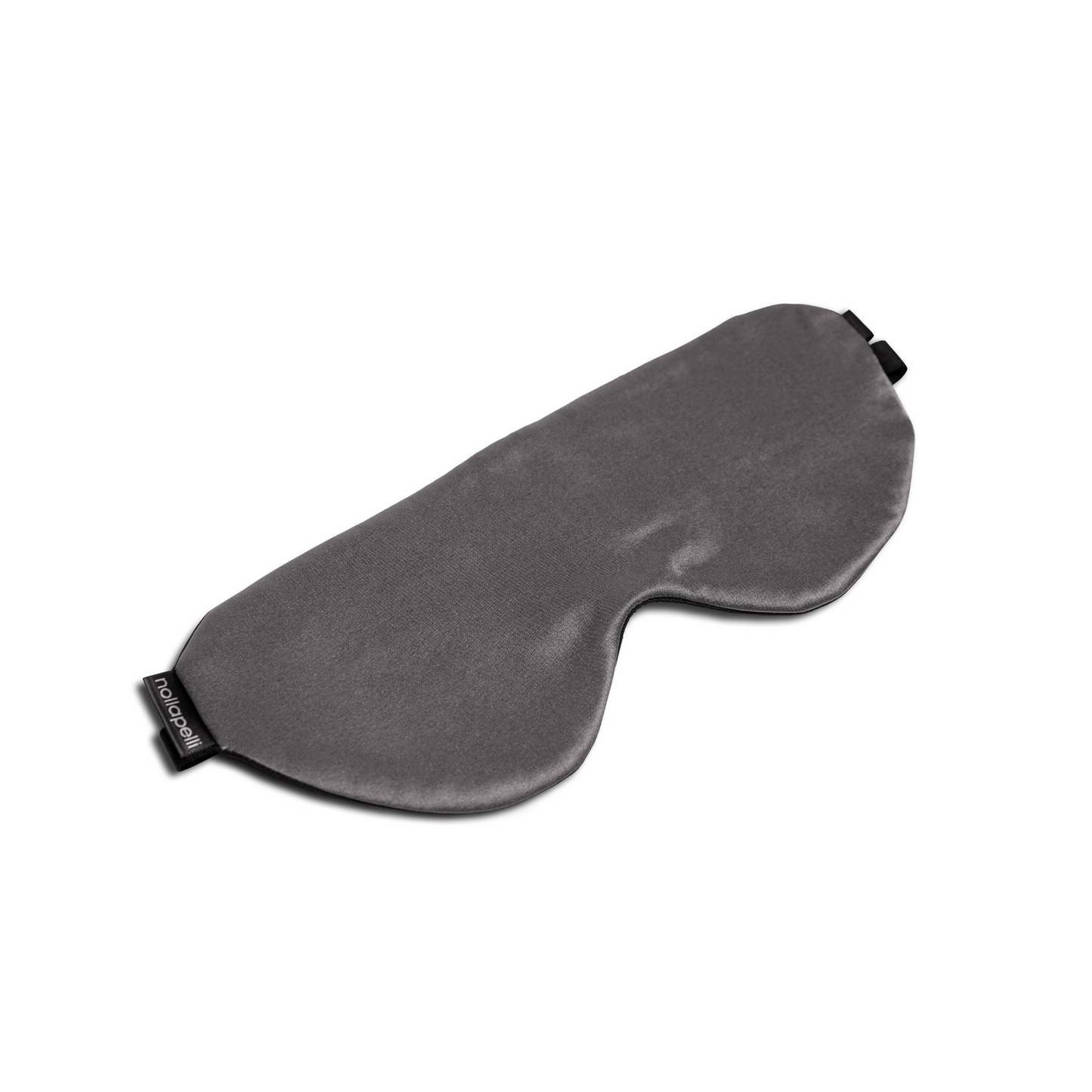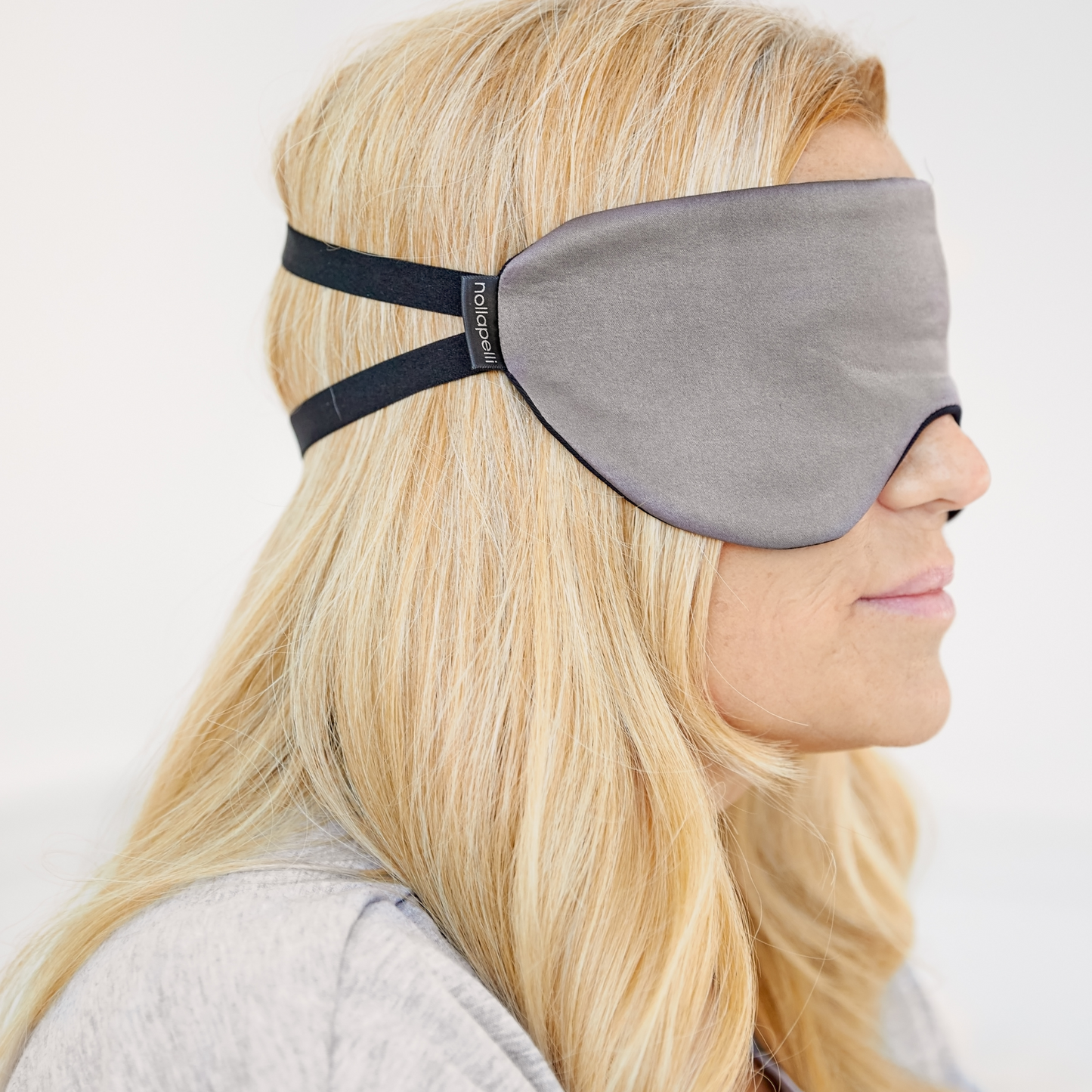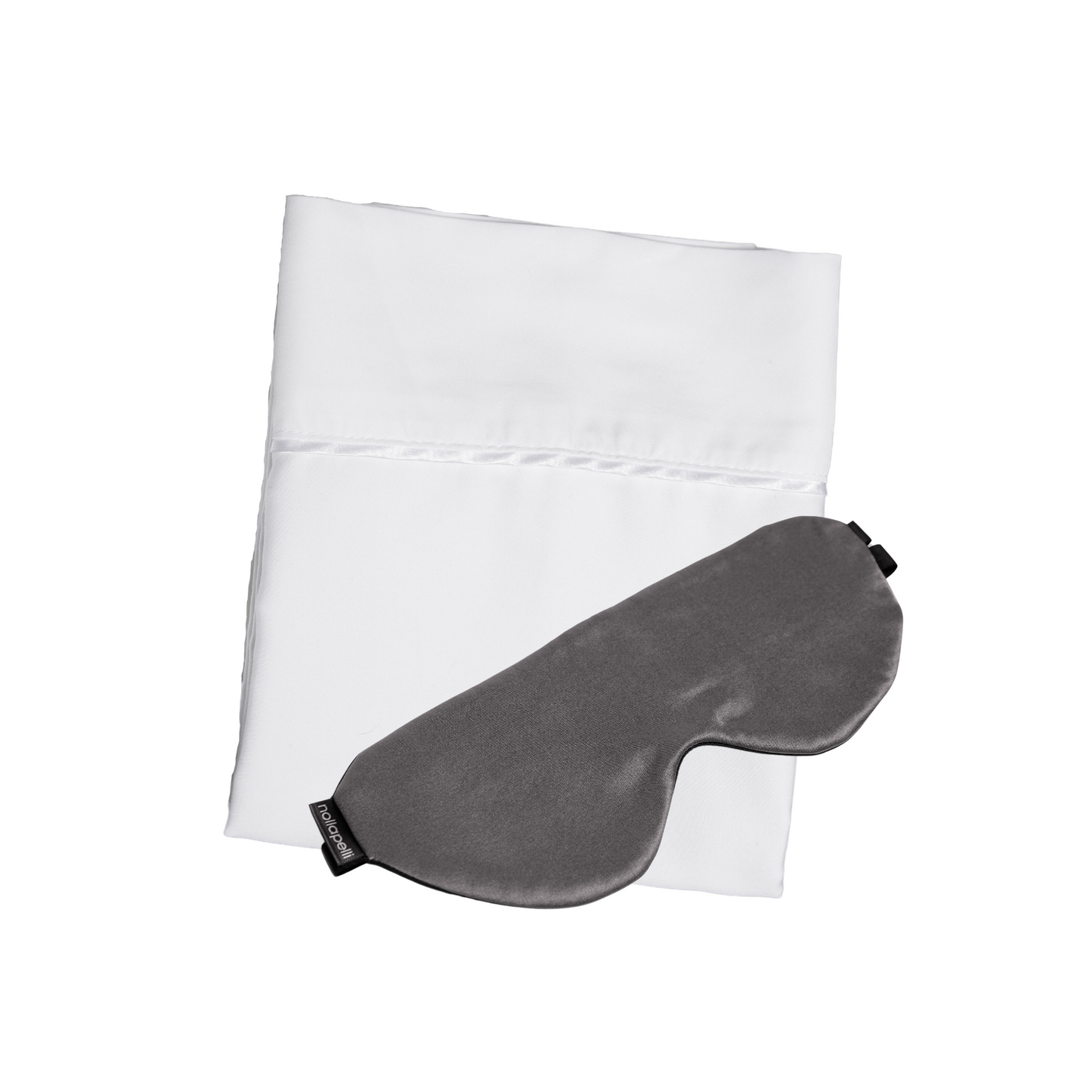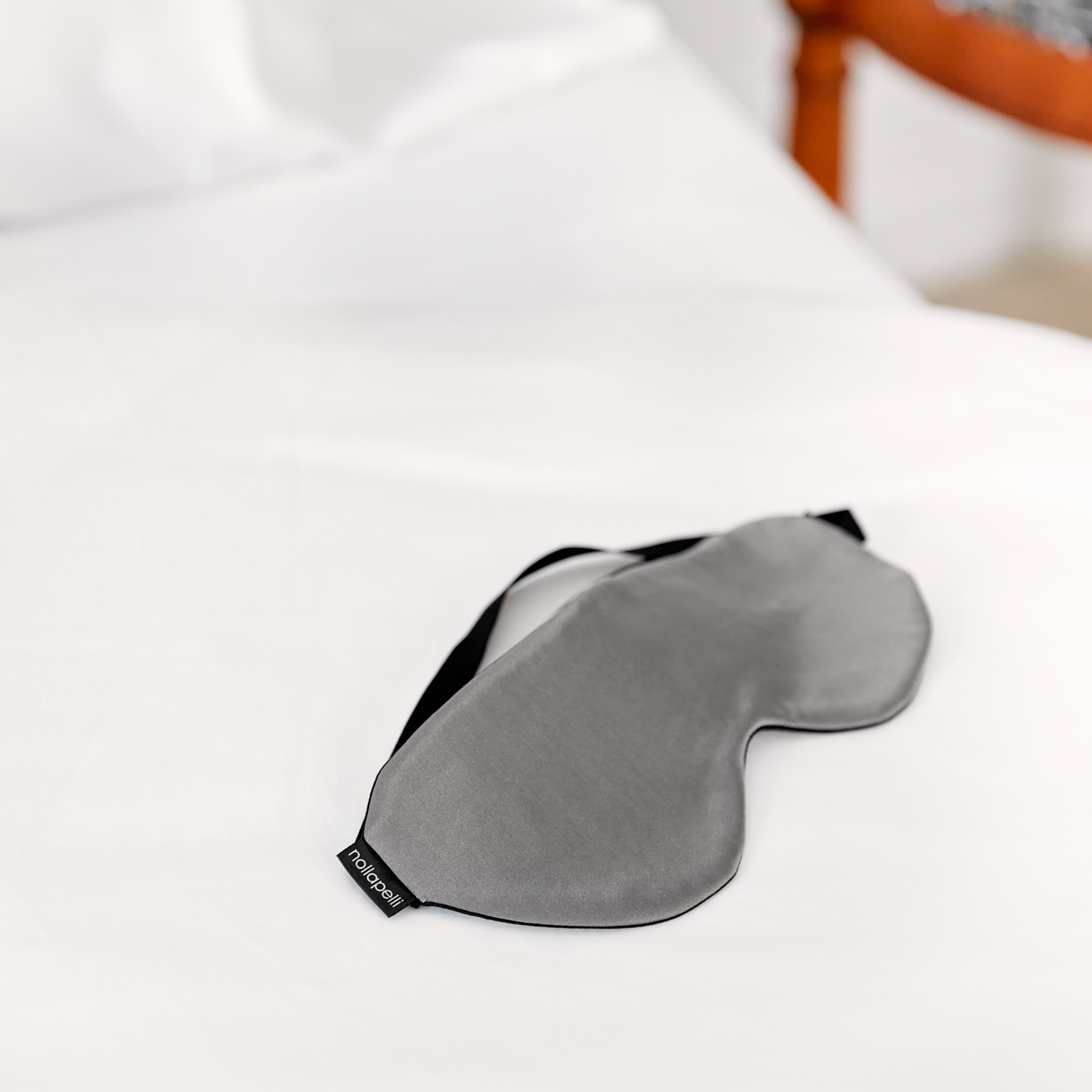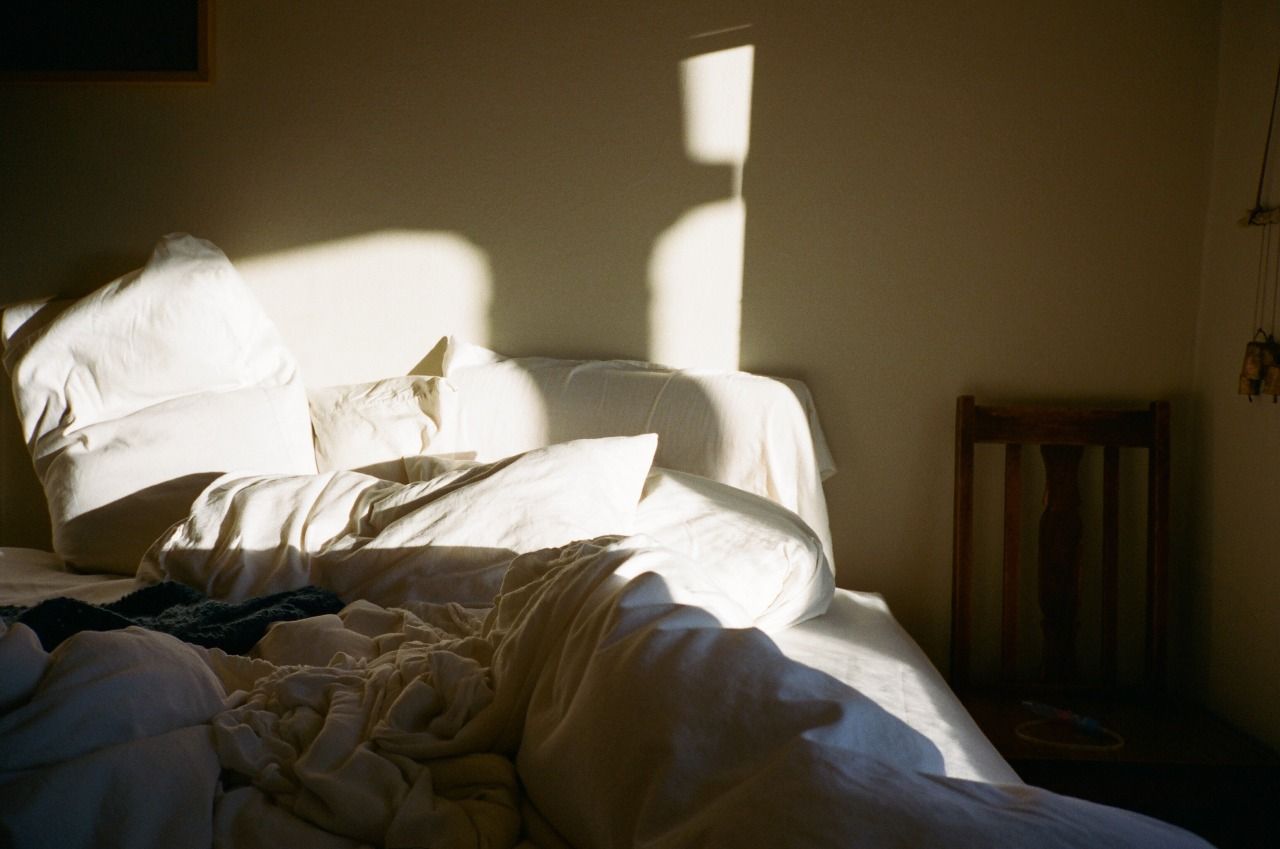
Gaining an hour from Daylight Savings is not a gift of extra sleep, it often means a disrupted sleep cycle.
Next Sunday, November 3rd at 2:00 a.m. EST, we turn our clocks back. For most of us, this results in an extra hour of sleep. Great, right? Wrong. Daylight savings alters the time the sun rises and sets, thus affecting our internal clock, and ultimately our sleep cycle. A disrupted sleep cycle can mean a decrease in the quality of sleep as well as momentary insomnia.
Sleepcare is more crucial than ever during Daylight Savings. Here is how to restore your sleep cycle.
Maintain a Schedule (yes, even on weekends)
The best way to adapt to Daylight Savings is to stick to a schedule. Wake up around the same time every morning. Stick to a regular bedtime as well. The more consistent you are with your wake-up and sleep time, the quicker your body’s sleep-wake cycle can reset. As hard as it is, make sure to adhere to the schedule over the weekends. After Daylight Savings, it can take up to a week, maybe even two weeks, to get back to a natural sleep cycle. Stick with it. Being consistent with your schedule is the quickest way to get back to better sleep.
Avoid Naps Longer Than 30 Minutes
Improved alertness and productivity are among the benefits of a short nap (20 to 30 minutes). However, a nap longer than 30 minutes can have negative effects on your nighttime sleep. Once you hit more than 30 minutes of sleep during the day, you may fall into a deep sleep state which can throw off your natural sleep cycle. You risk experiencing sleep inertia, the feeling of grogginess and disorientation that is present after waking up from a deep sleep. With Daylight Savings already throwing a wrench into your sleep-wake cycle, don’t add to it with a lengthy nap during the day.
Speed Walk for 10 Minutes
Speed walking is no longer just for those who enjoy a productive mall walk. Small spurts of cardio exercise, such as 10 minutes of walking briskly, can help improve sleep, especially with the change to daylight. We know exercise has a myriad of positive health benefits (the National Sleep Foundation recommends around 150 minutes of moderate to vigorous activity per week), but just ten minutes of a high-speed walk in the sunlight can help your body adjust to the shift in light, and ultimately, improve sleep.
Knowing sleep is going to be off for a temporary period is half the battle. Be prepared for it and work to get it back on track. Daylight Savings does not have to get the best of your sleep.


